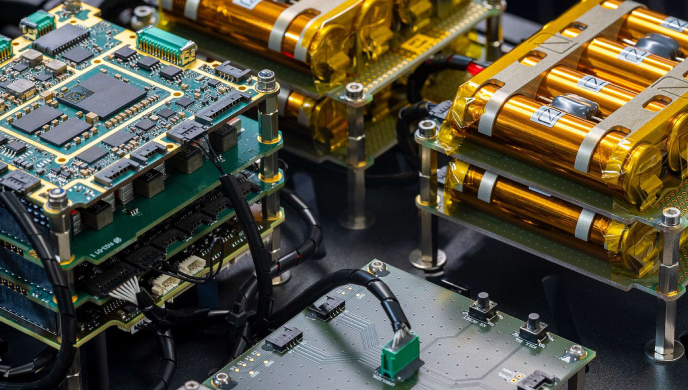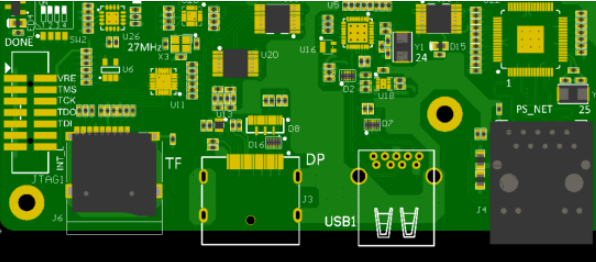High-frequency PCB market New boards meet high-performance design requirements
Wireless infrastructure needs to provide sufficiently low insertion loss to effectively improve energy utilization. With the advent of 4G services, RF products need to provide wider bandwidth and be backward compatible with 3G and 2G services. At the same time, base stations are becoming smaller and lighter, and are installed on the top of towers, which has prompted the miniaturization of circuit boards.
For handheld devices such as tablets, many manufacturers are looking for materials that can miniaturize antennas.
Handheld devices contain many antennas (Bluetooth, Wi-Fi, cellular communications, GPS, etc.), which are installed in a very small space and cannot interfere with each other. At the same time, each company’s antenna design is different and needs to be flexible. This places high demands on circuit board materials.
In order to meet the above needs, Rogers has developed RO4360G2 (RO4360 second generation product, with a higher relative thermal index than the first generation product) high-frequency circuit board materials, RO4835 high-frequency circuit board materials, RO4700JXR series (RO4725JXR and RO4730JXR) antenna-grade laminates and RO3010 high dielectric constant materials this year. Liu Jianjun, Vice President of Asia Marketing of Rogers, said: “These products were originally only required by a few customers, but when the products were launched, many customers became interested in them.”
Yang Xi, Market Development Manager of Asia for Rogers’ Advanced Circuit Board Materials Division, said that high-frequency boards are widely used and can cover most applications in the market: base station amplifier design requires high-power, low insertion loss materials; antenna applications require boards to have a certain hardness and very good passive intermodulation indicators; automotive applications require boards to have long-term reliability and be able to withstand high temperatures; mobile phones and high-speed circuits are also very rich in application types.
Power amplifier design attaches great importance to the heat dissipation and insertion loss performance of the board.
Rogers has a RO3035HTC board with an insertion loss of 0.0017 and a thermal conductivity of 1.44, which is very suitable for power amplifier applications. Small insertion loss means less heat generated, and good thermal conductivity can quickly dissipate heat, thereby reducing the surface temperature of the circuit board and the temperature of the power amplifier tube.
In antenna applications, insertion loss is also important, but more important is the passive intermodulation index.
Rogers’ antenna-grade laminates RO4725JXR and RO4730JXR have very good intermodulation indicators. At the same time, in some application scenarios of antennas, a certain hardness or a multi-layer board design is also required. The RO4700JXR series of boards are based on a hydrocarbon resin system, have sufficient hardness, and can be processed and mixed like FR-4 boards, which is very suitable for such applications.
Automotive radar applications are a rapidly growing field, and this year’s market has doubled compared to last year and last year compared to the year before.
Automotive applications require high temperature resistance and good long-term reliability. The anti-oxidation performance of Rogers RO4835 high-frequency circuit board material is ten times that of RO4350B. It can be used for a long time under high temperature conditions, and the changes in Dk (dielectric constant) and Df (loss tangent value) are very limited.
Yang Xi said that the development trend of circuit boards is to provide lower insertion loss, better heat dissipation, wider bandwidth, and higher speed. Rogers has made many meaningful attempts this year, such as launching boards with higher dielectric constants, with an optional range of 1.96~10.2. Whether you want to reduce the size, increase isolation, or want to enhance the heat dissipation of the entire power amplifier, you can find the required products in Rogers’ board series.







